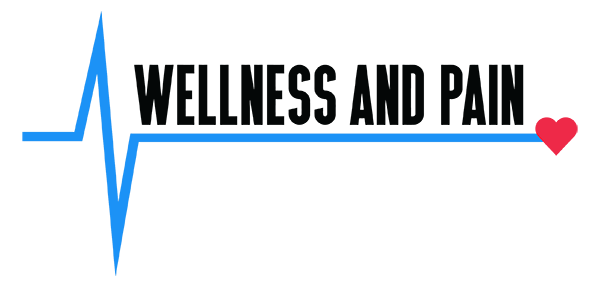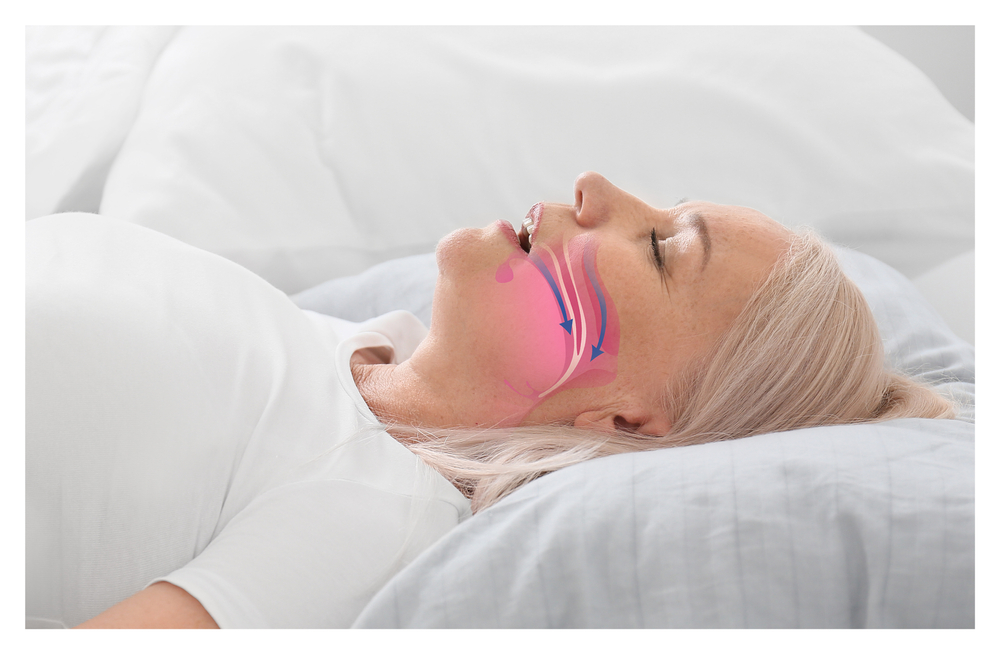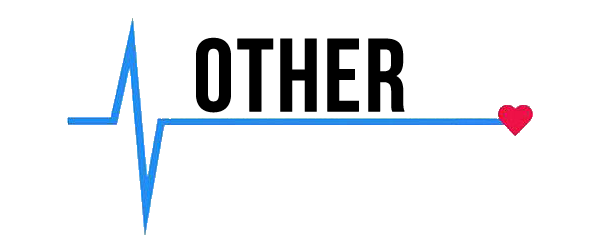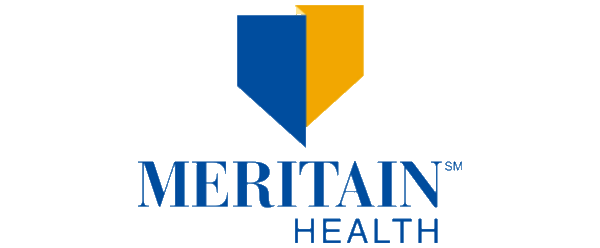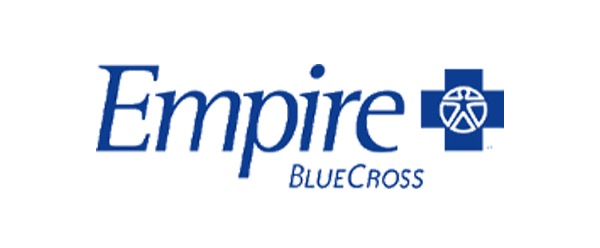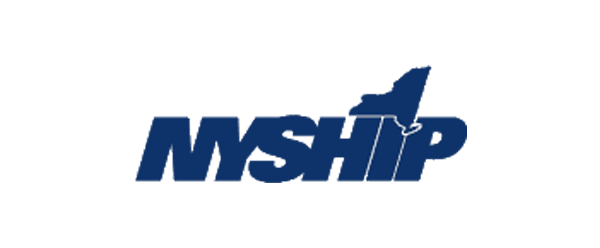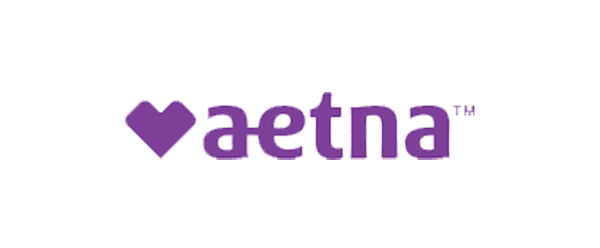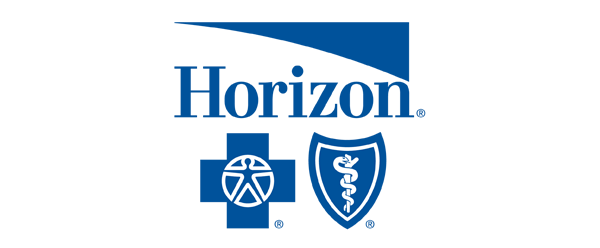Getting ready for your at-home sleep test, or HST test, might seem overwhelming at first. But with a little preparation, you can get a good night’s sleep.
To avoid messing with your sleep patterns, skip afternoon naps, caffeine, or alcohol on the day of the home sleep test (HST). You should also clean your skin and hair with mild soap and shampoo, and avoid using any lotions or oils that could interfere with the sensor stickers.
Be sure to talk with your sleep specialist about any medications you take, since some might change how well you sleep. To make sleeping at home feel easier, try using a favorite pillow or blanket to help you relax.
Don’t worry about your sleep quality during the test, as it’s pretty common to sleep a bit worse than usual. However, a couple of hours of rest usually gives doctors enough information. If a sensor falls off, don’t stress out, as most tests will continue to work just fine. You can even remove the finger sensor for bathroom breaks if your provider says it’s okay.
For people with sleep apnea, oral appliances can be used instead of bulky CPAP machines. These mouthpieces hold your airway open to help you breathe easier while you rest, and the better airflow can cut down your chances of having heart problems or strokes. Oral devices are also quieter, easy to pack, and let you move around more in bed, which might even help you stop snoring and wake up feeling more refreshed.
Today’s HST Test and the ‘First Night Effect’
With or without an HST test, have you ever tried falling asleep in a hotel only to end up staring at the ceiling?
It turns out this isn’t all in your head. Scientists call it the First-Night Effect. When you sleep in a new place, your brain acts like a security guard, picking up on strange sounds, odd smells, and even the texture of the mattress, all of which make genuine relaxation tough.
This habit started long ago when staying alert was a matter of survival. In ancient times, wild animals or unfamiliar people could be dangerous, so our minds learned to stay half-awake when sleeping somewhere new. That same old habit sticks with us today, as your brain just can’t shake the feeling that something might happen.
It’s odd, but knowing your lousy hotel sleep is a habit that’s thousands of years in the making might make it feel a little less annoying. So next time you toss and turn in a fresh bed, you can blame your ancestors.
Neuroscience Behind the First-Night Effect
Scientists and HST test specialists have uncovered some strange facts about sleeping in a new place. During the first night, your brain actually treats each half differently, with one side staying much more alert than the other.
Researchers discovered this by scanning people’s brains while they slept away from home, and found that the left side acts almost like a lookout, reacting to noises. It’s as if half your brain decides to stand guard, a trick that’s also common in dolphins and some birds.
That’s not the end of the story. A brain chemical called glutamate usually drops when we fall asleep, but during that first night in a new place, it doesn’t fall like it should.
Because of this trend, falling asleep drags on, and sleep gets broken up again and again. These findings show that the First-Night Effect isn’t just in your head. It’s a real reaction built deeply into how our brains work.
The numbers don’t lie. In one study, 41 percent of patients saw their breathing problems swing by more than 10 events an hour from one night to the next, and nearly half changed their sleep apnea status between two nights. Around 12 percent of patients slipped through the cracks with just one test, demonstrating that a single night rarely tells the whole story.
Testing again can catch what one home sleep test missed, which is why some researchers are pushing for multiple nights of testing to get a clearer picture and sidestep mistakes.
| Characteristic | First-Night Effect (FNE) | Night-to-Night Variability (NtNV) |
| Primary Cause | Psychological and physiological response to a novel environment. | Natural, intrinsic fluctuation in sleep-disdisordered breathing patterns. |
| Duration | A temporary phenomenon, primarily affecting the first night. | An ongoing characteristic of sleep apnea, present across multiple nights. |
| Impact on Sleep | Decreases total sleep time, sleep efficiency, and REM sleep. | Can lead to significant fluctuations in AHI and OSA severity class. |
| Impact on Diagnosis | Can lead to false negatives by limiting the time to capture events, especially REM-related ones. | Can lead to misclassification (e.g., from severe to moderate) or missed diagnoses entirely. |
| Solution | An adaptation night or multi-night contiguous testing. | Longitudinal, multi-night data collection. |
Impact of First-Night Effect on Diagnosis and HST Test
The First-Night Effect from an HST test tends to mess with sleep stats, as patients usually sleep less and with lower quality during the first night of a sleep study. REM sleep drops off, and it takes longer to reach this deeper stage of sleep.
Although some research suggests that the Apnea-Hypopnea Index stays about the same from one night to the next when looking at groups, what happens for each individual can look very different. The biggest issue isn’t just a change in how often sleep events pop up; it’s that the first night reduces the chances of even noticing those events.
Some people only experience apnea during REM sleep, especially late in the night. If their REM time is trimmed, a one-night home sleep test can totally overlook key problems, leading someone to be told they are fine when they are not.
This difference makes it easy to see how a group average can hide a lack of good data for one person. A steady rate of events per hour isn’t very helpful if the total “window” for catching those events shrinks, leaving doctors with a puzzle that might have missing pieces.
“Our study results show that the highest diagnostic standards in sleep medicine (Polysomnography) are conceptually ready to move from hospital-based sleep centres into patient homes, as the majority of previously untrained participants can easily and safely use home PSGs,” states a report in the Wiley Online Library and Journal of Sleep Research. “This pathway using self-applied technology for overnight EEG recordings allows data collection with a low failure rate similar to studies requiring intervention with trained personnel. Thereby, diagnostic accuracy can be increased in multiple-night assessments.”
Night-to-Night Variability: The Larger Concern
For HST test patients, the First-Night Effect only happens once, but something bigger often distorts results: night-to-night variability. Sleep patterns can swing wildly from one evening to another, with one person breathing fine on Monday but fighting for breath on Tuesday.
Research on millions of nights of sleep has shown that one-off tests can miss serious sleep problems half the time. For example, a person can be labeled healthy one night only to show severe problems the next, as group averages often hide these personal rollercoasters. Additionally, wild swings in a person’s AHI can signal possible blood pressure issues that don’t follow the usual rules, showing that it’s not just about the severity of Obstructive Sleep Apnea.
Testing on a single night can steer doctors wrong and leave people untreated, as night-after-night changes are real and can easily slip through the cracks if ignored.
An HST removes the odd feeling of a strange bedroom. Now the gear becomes the thing that’s different. This chart shows how the FNE source moves from lab to home.
The Technical Flaw in Some HST Test Options
Some HST test kits miss a key detail that can seriously underestimate how bad someone’s sleep disorder really is.
In a lab, experts use an EEG to track sleep stages and pinpoint how long someone actually sleeps, but because most home tests lack this feature, they use the total time spent hooked up to the equipment instead of true hours of sleep when figuring out how often breathing events happen. This difference means the number often looks better than it really is.
In one study that looked at more than 800 nights of lab data, when total recording time was used instead of real sleep time, over a quarter of patients seemed less sick than they actually were. This slip-up was worst for people with moderate or severe sleep apnea, who got bumped down to a milder category or missed completely.
That mistake isn’t just a technical glitch; it can cause someone not to get the treatment they actually need. This shows how a small oversight in technology can change everything for those needing a proper diagnosis.
Missing the real story means risking someone’s health, which proves that every measurement really does matter.
The Modern Diagnostic Toolkit
Sleep disorder diagnoses have changed a lot lately, and so have today’s HST test options. These diagnoses have moved away from in-lab tests with wires everywhere and nights in a noisy sleep lab.
Home sleep tests are on the rise, with sales already topping $3 billion in 2024 and expected to double in a decade due to an aging population, rising health concerns, and the convenience of at-home screening.
Sleep experts sort these tests into different types. Type II devices capture almost everything a lab would, including brain waves, but they are often heavy and require a technician for setup.
A much simpler option is the Type III test, which tracks basics like airflow and heart rate, allowing for home use. However, because they skip sleep stage readings, they can sometimes underestimate the severity of a sleep disorder. The most basic are Type IV devices, which often just check oxygen levels and are best used for an initial check rather than a sure diagnosis.
The newest developments are smart wearables like the Happy Ring and the Dreem 3S, which look like something from the future. These devices track brain waves, oxygen, and other metrics while you sleep in your own bed, without the hassle of being hooked up like a science experiment. It still feels odd to think that a simple ring on your finger can spot the same issues that once required a whole team in a clinic to monitor, but science continues to find new ways to make things easier.
Perhaps in 10 years, snoring and sleep apnea will be spotted before you even know you have them.
“Conducting sleep tests at home is going to become a lot more common,” states Johns Hopkins Medicine. “Many of the portable devices currently available show a lot of promise with producing information that is in line with what we see in the lab. These technologies can monitor people’s sleep or what’s going on with their breathing during sleep.”
Your HST Test, Interpreting Results, and Next Steps
Many patients think that getting a “normal” HST test means they’re in the clear, but that’s not always true. Home tests mostly spot moderate or severe sleep apnea and can miss milder cases, sometimes showing a normal result even when issues exist.
A well-known study found that over 5 percent of people with a “normal” home test later received a sleep apnea diagnosis in the lab. A home test may not catch breathing problems if you have mild symptoms, didn’t sleep deeply, or didn’t roll onto your back during the test, which can cause key signs to not appear.
Additionally, home tests skip other common sleep problems, such as chronic insomnia or restless legs, which get missed without the benefit of brainwave or limb monitoring. Only in-lab tests can truly track what’s happening all night.
Because of these limitations, doctors often suggest more testing if someone has typical symptoms like snoring, daytime tiredness, or waking up gasping, even if their home test looks fine. In the end, in-lab studies still give the most complete answer about your sleep health.
“Still, whether one’s test takes place at home or in a clinic, Kaplish maintains that taking action to address and monitor the problem is important,” according to one report by Michigan Medicine at the University of Michigan. “People are more and more aware about sleep deprivation. There are consequences for sleep problems going undiagnosed.”
Wellness and Pain
Find your personalized HST test by visiting Wellness and Pain. We offer conservative treatments, routine visits, and minimally invasive quick-recovery procedures. We can keep you free of problems by providing lifestyle education and home care advice.
This enables you to avoid and manage issues, quickly relieving your inhibiting lifestyle conditions when complications arise. We personalize patient care plans based on each patient’s condition and unique circumstances. Wellness and Pain can help improve wellness, increase mobility, relieve pain, and enhance your mental space and overall health.
